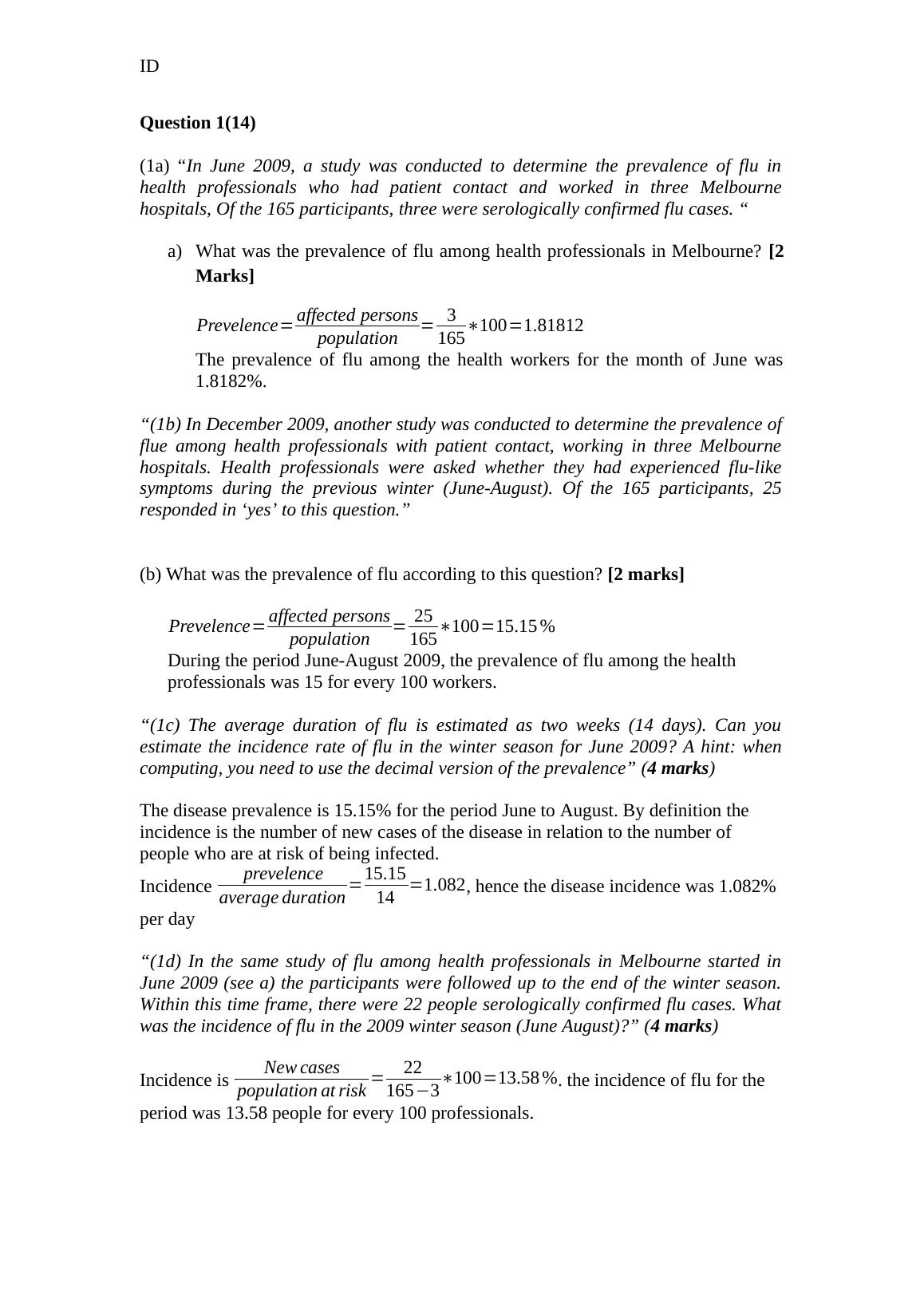Introduction to Epidemiology Assignment 1
Assignment 1 for the Introduction to Epidemiology course at The University of Western Sydney, involving answering questions based on the learning objectives and concepts covered in weeks 1 to 3.
7 Pages2060 Words438 Views
Added on 2022-10-04
About This Document
This assignment is based on the learning objectives and concepts in in weeks 1 to 3 (not including measures of association). There is a total of 60 marks and this assignment will contribute 20% towards the total assessment for this subject.
Introduction to Epidemiology Assignment 1
Assignment 1 for the Introduction to Epidemiology course at The University of Western Sydney, involving answering questions based on the learning objectives and concepts covered in weeks 1 to 3.
Added on 2022-10-04
ShareRelated Documents
End of preview
Want to access all the pages? Upload your documents or become a member.
University of Western Sydney School of Science
|9
|1788
|14



